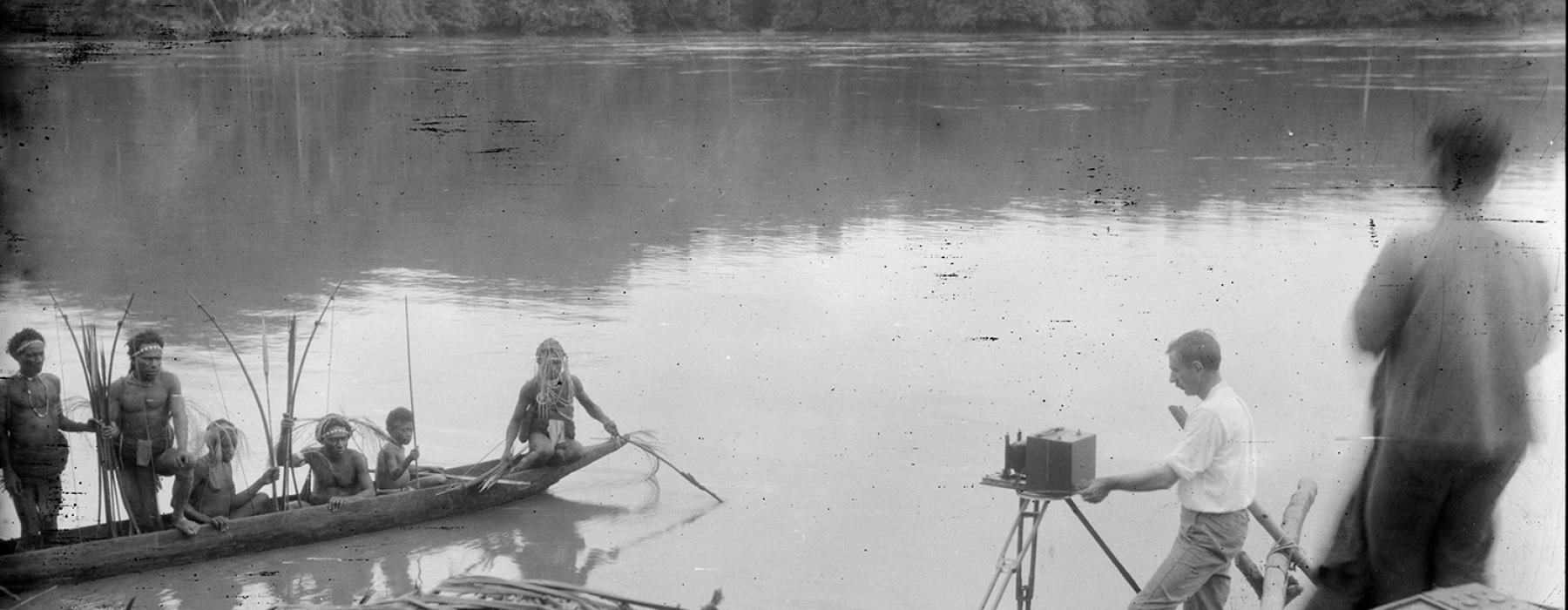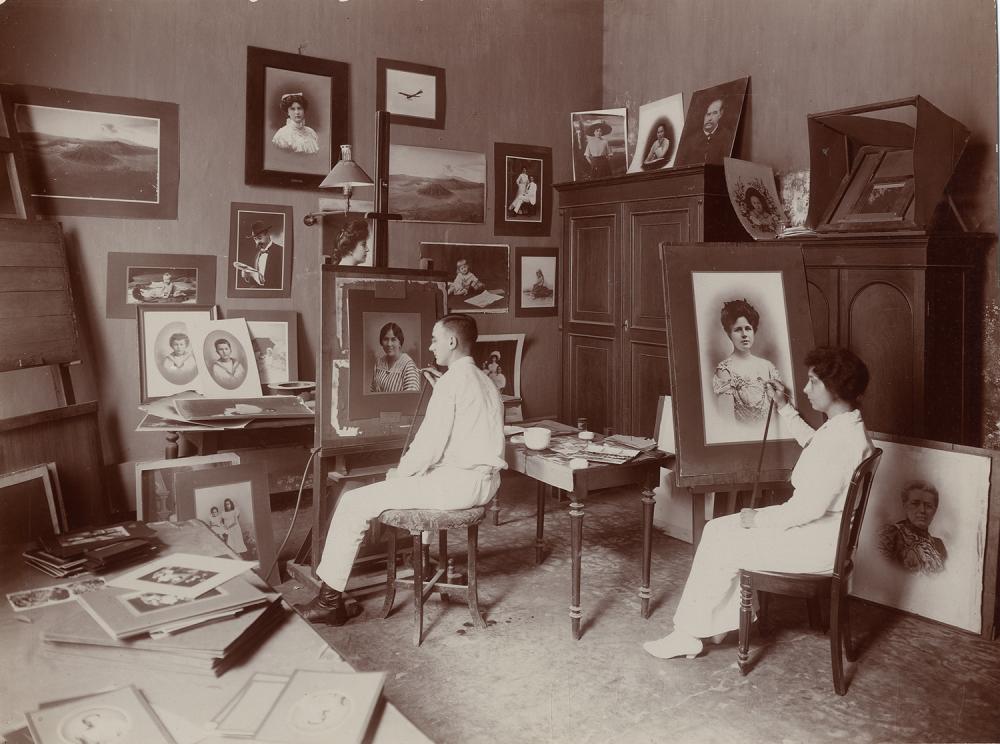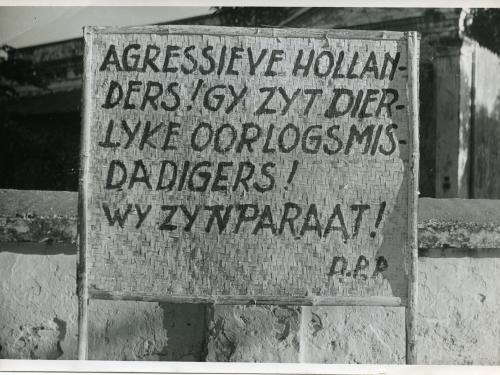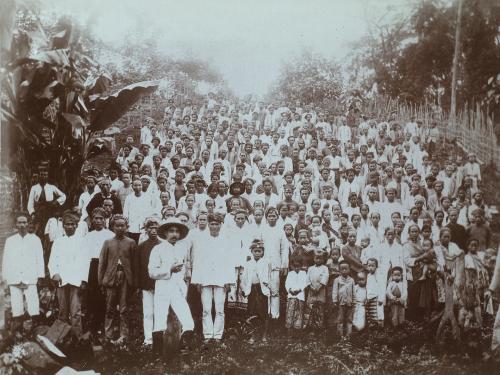
‘I’m a huge lover of a range of different photographic genres, from classic masters such as Woodbury & Page to war photographers like Hugo Wilmar to Cartier Bresson and Cas Oorthuys. For me photography is a window on the world. Each photograph traces a relationship. And for me, every Indonesian photograph describes the relationship between the Dutch and Indonesian people, with whom we share an emotional past.’


